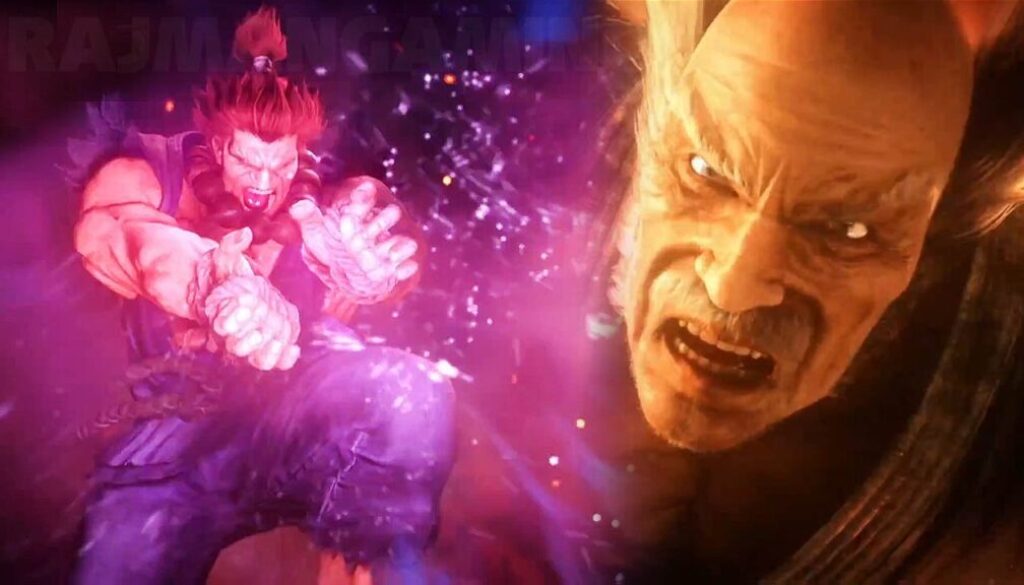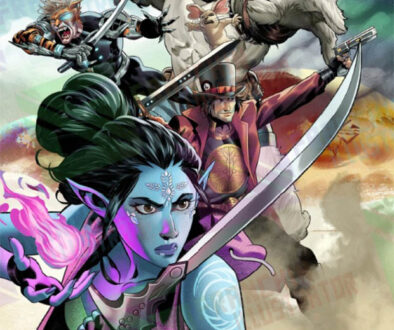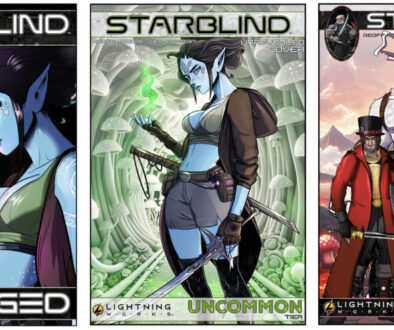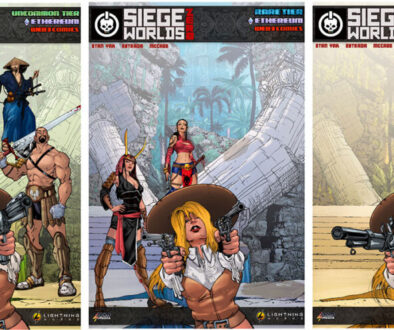A Decentralized and Disintermediated Ecosystem is Opening Opportunities for Indie Comic Artists
Across the spectrum, the creative world is reckoning with nonfungible tokens (NFTs). Comic artists have been roped in and many of the comic greats are transforming their work into NFTs or creating entirely new works for the NFT market.
NFTs are a unique phenomenon in the creative world. Works of art can now be permanently registered on the blockchain which provides the provenance of the artwork. The blockchain not only provides a certificate of authenticity but also gives the piece’s trail of ownership right from its genesis to the present. The information is not only verifiable but it is also tamper-proof; it can neither be forged, hacked, or deleted.

For many digital artists, NFTs have been quite the revelation. Many syndicated comic artists are finding out they can make hundreds of thousands or even millions of dollars selling their tokenized comic art. There have been recent notable comic-art auctions to spur interest in the new blockchain-based platform like the sale of a Wonder Woman NFT for over $1.8 million or the sale of the NFT comic art I Love You, Nancy Callahan by Frank Miller for over $800,000.
While money is a key motivation, true artists ultimately want to create unique content that will engage and awe their audiences and fans. Artists often leverage the prevailing platforms for self-expression. Early in the 20th century, comic artists would rely on printed media to bring out their works to the world. This later evolved into multimedia platforms.
The advent of the metaverse age and the popularity of NFTs have provided comic artists with new tools along with a new ecosystem with which to create and distribute their works to both fans and patrons.
NFTs solve the issue of digital rights management which hampered the growth of comics in the golden age of the internet, characterized by the dotcom boom of the 90s and 2000s. It also guarantees royalties for every NFT sold.
Proof of authenticity has been a major issue for buyers and sellers of digital content. With tons of torrent websites on the web, digital files are easily and freely distributed to users across the globe. This piracy also eats into the royalties of artists thereby denying them a valuable income source. NFTs solve both of these problems while still providing artists with the global leverage of online infrastructure.
NFTs also eliminate the limitations of the traditional consolidated marketplaces that restricted the platforms where artists could sell their work. The conventional centralized marketplaces involved various intermediaries such as agencies and labels and these were power structures that marginalized comic artists, particularly the smaller and less established indie comic artists.
A Decentralized Creative Marketplace
Nonfungible tokens have unlocked a decentralized creative landscape for digital artists where there is a bigger scope of partnerships and reach for their work. The NFT ecosystem is big enough to accommodate the inflow of fresh creative talent willing to put in the work and roll out good comic NFTs. NFTs never run out of fashion and the community is always on the lookout for the hottest new NFTs. Comics, with its practical utility, is proving popular with many consumers and NFT collectors.
Comic artists who venture into the world of nonfungible tokens are able to leverage a powerful platform where they can create content, tokens, and games and maintain control of their work. NFTs also allow creators to more deeply engage with their fans.
Comic artists can tap into the inbuilt advantages of blockchain networks such as smart contracts, cryptographic signatures, decentralized distribution, along with the built-in royalty structures to rapidly and seamlessly roll out and monetize their digital comics, engage with their fanbase and build a huge and scalable network and ecosystem of fans and patrons.
NFT aims to break up the centralized structures of control and replace these with decentralized and disintegrated digital rights management.
A comic artist that creates an NFT token is able to leverage the decentralized blockchain-based data storage mechanism which allows them to host their data with all the advantages of a blockchain system. Self-sovereign file storage on the blockchain also eliminates the need to rely on centralized platforms such as Google and Amazon for file storage.
The blockchain system also enables the NFT artist to define the royalty payment structure for their tokenized comic art. This guarantees the comic artist a percentage of the royalty in both primary and secondary NFT markets. The artist receives these royalty payments in the form of cryptocurrencies.
The blockchain also enables the comic artist to affix legal documentation to the token that stipulates the copyright licensing and permissions that the comic creator wants to grant to the owners of their creative work. NFTs give comic artists complete control over how they wish to be compensated for their comic creations as well as how they want their creative work to be used by fans. The artists, therefore, have more power and control over their creations and don’t have to delegate these to legacy publishers.
NFTs have allowed comic creations to be verifiably unique via cryptographic signatures. It is also open to collectors because the provenance and ownership history is visible on the blockchain and are cryptographically provable according to the private keys of the current owner.
This verifiability adds value to the token as the provenance path easily eliminates forgeries and issues with uncertain ownership.
Artists are Creating More with NFTs
NFTs are giving artists greater creative freedom. No longer under the leash of legacy publishers, they are able to express themselves more openly and churn out a greater output of work.
Through NFT sales and ownership of the tokens, comic artists are engaging more with their patrons and fans. Artists are even able to use their work as membership tokens. Artists are leveraging the tokens to create additional perks and engagement opportunities for their fans. Many NFT comic books will likely follow the paths of some of the more successful erstwhile NFT launches such as the Bored Ape Yacht Club (BAYC) which is constantly evolving and adding new utilities and spinoffs, including a pivot to the metaverse.
As comic book NFTs evolve like other NFTs, holders of the tokens will even be able to access features such as exclusive members-only clubs, live performances, and various other tiers of benefits.
Different comic artists can also collaborate to form creative collectives through blockchain-based DAOs (Decentralized Autonomous Organizations) that support collaborations and tie-ups between creators with support from fans and patrons through NFT content sales.
The decentralized and disintermediated ecosystem created by NFTs has democratized the playing field for comic artists and creators. Not only are they able to unlock more creative opportunities but they are also empowered to connect and engage directly with their fans and patrons. Comic artists are also able to tap into a direct and more lucrative revenue stream for their creative work. They are empowered to set out the copyright licensing for their works. Overall, the new ecosystem will create a vibrant comic industry whose output will be apparent in the upcoming frenzy of character creation in the metaverse.



